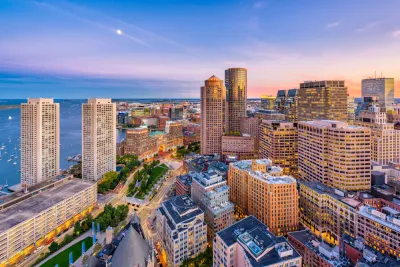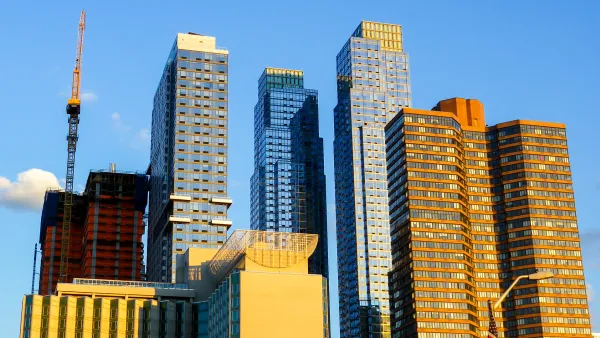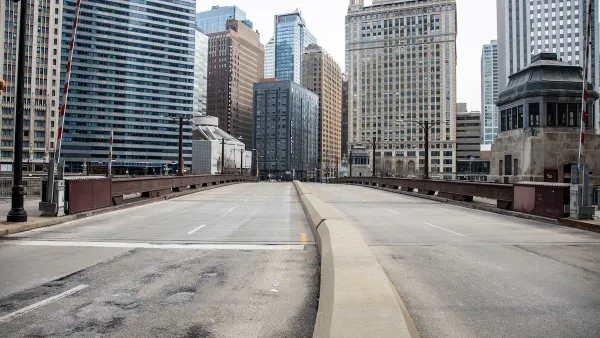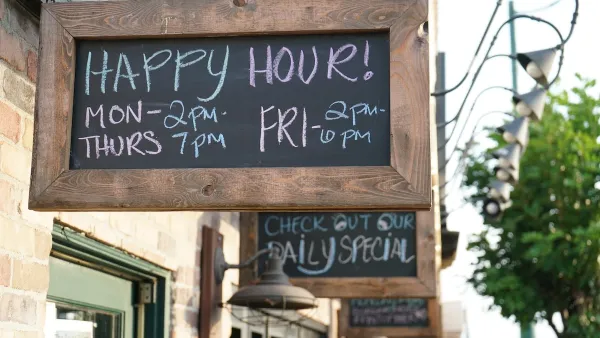In the age of remote work, relying on major employers to boost a city’s economic fortunes may no longer be enough.

Writing in Route Fifty, Molly Bolan comments that “the rise of remote work has permanently changed urban economies, and cities are going to have to double down on their strengths to attract more residents.” Referencing a study of six powerhouse U.S. cities that, in the past, wooed big corporations to develop their economies, Bolan writes that they will now have to shift their focus to luring residents with other amenities. “Without the call of the office bringing people downtown, cities and states will need to get creative in finding new ways to keep metro economies afloat.”
“Between 2020 and 2022, the six cities were among those that saw the greatest declines in population in the country, with New York losing more than 400,000 residents in those two years, according to the Census Bureau. Meanwhile, nine of the 15 fastest-growing cities in the U.S. are in Southern states and four are in the West, thanks to lower housing costs, shorter commutes, and remote work.”
According to Doug Howgate, president of the Massachusetts Taxpayers Foundation, “At a fundamental level, your economy and your society only succeed if you have the resource of people.” In the case of Boston, which previously relied on downtown workers, the city has launched a $1 billion life sciences initiative that seeks to support the city’s biopharmaceutical industry and create new opportunities for people to live and work there.
Howgate notes that there is no ‘silver bullet’ for maintaining growth, and that disruptions like the pandemic will likely continue. Cities must identify their unique advantages: “Building a strong urban economy requires understanding the complex relationships around housing, life sciences, federal funding and taxes,” says Howgate.
FULL STORY: If jobs won’t bring people downtown to work, what will?

Analysis: Cybertruck Fatality Rate Far Exceeds That of Ford Pinto
The Tesla Cybertruck was recalled seven times last year.

National Parks Layoffs Will Cause Communities to Lose Billions
Thousands of essential park workers were laid off this week, just before the busy spring break season.

Retro-silient?: America’s First “Eco-burb,” The Woodlands Turns 50
A master-planned community north of Houston offers lessons on green infrastructure and resilient design, but falls short of its founder’s lofty affordability and walkability goals.

Test News Post 1
This is a summary

Analysis: Cybertruck Fatality Rate Far Exceeds That of Ford Pinto
The Tesla Cybertruck was recalled seven times last year.

Test News Headline 46
Test for the image on the front page.
Urban Design for Planners 1: Software Tools
This six-course series explores essential urban design concepts using open source software and equips planners with the tools they need to participate fully in the urban design process.
Planning for Universal Design
Learn the tools for implementing Universal Design in planning regulations.
EMC Planning Group, Inc.
Planetizen
Planetizen
Mpact (formerly Rail~Volution)
Great Falls Development Authority, Inc.
HUDs Office of Policy Development and Research
NYU Wagner Graduate School of Public Service




























